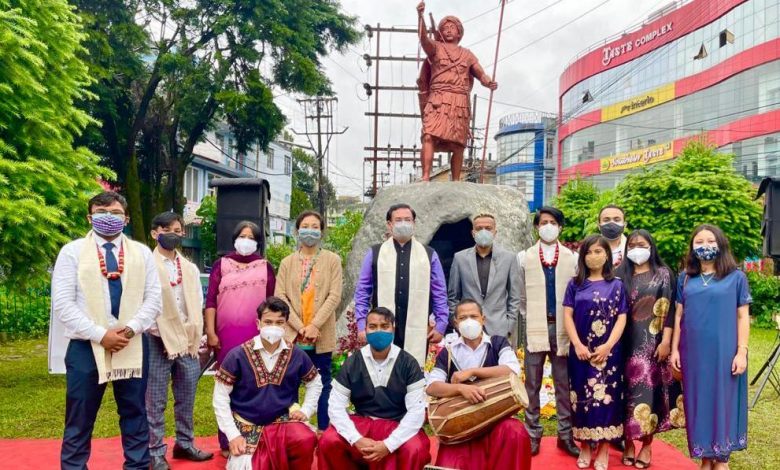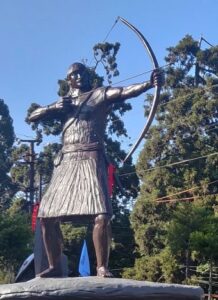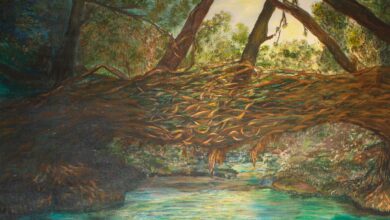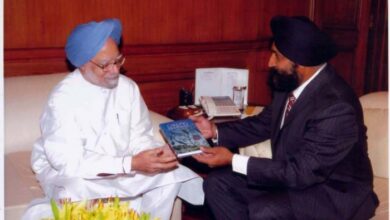Celebrating the heroes of Meghalaya

The country is celebrating its 75th year of independence. While the debate on what India has achieved and whether freedom came at a cost continues, one cannot deny that our leaders, who fought against the colonial rule, laid down the road to development and growth. History textbooks today may not have detailed accounts of the lives and struggles of the freedom fighters and visionaries from the North East, but the region did produce numerous of them.
There were some of the bravest freedom fighters from Meghalaya who challenged the monolithic power of the British Raj and protected the hills from being taken over. An event in the city, ‘Azadi Ka Amrit Mahotsav’, recently celebrated the contributions of these unsung heroes of Meghalaya with eminent speakers asserting the role of the freedom fighters in protecting the hill territory.
Prof CA Mawlong, head of the Department of History at North-Eastern Hill University (NEHU) Shillong, spoke about the valour of U Tirot Sing, the great freedom fighter from Khasi Hills, who declared war against the British for attempting to take over the land of the Khasis.
Mawlong also mentioned about the efforts of different writers and historians to represent the freedom fighters from the Khasis. She highlighted how these writers were successful in empowering the Khasis and they were successful in bringing to the fore the Khasi identity.
She referred to Prof. Helen Giri whose work is entitled ‘The Khasis Under British Rule’ (1824-1947). “The historians and writers have written extensively on U Tirot Sing and the Anglo-Khasi War,” she said, adding that a lot has been written on the 1829 War, the confrontations of the Chiefs of the Khasi Hills and the British.
The professor was categorical about the role of readership in igniting the sentiment of nationalism. She informed how the translation of Indian epics in Khasi language helped historians in making the Khasis familiar with the culture and tradition of the rest of the country.
She, in particular, mentioned the efforts of U Sib Charan Roy, the eldest son of Babu Jeebon Roy, the ‘Father of modern Khasis’. She entailed his life and how he became instrumental in raising his voice against the British.
Prof Mawlong specifically mentioned about a school at Mawkhar, which was founded to educate the underprivileged Khasi students. She stressed on Roy’s efforts in running the school as its first headmaster with a shoestring budget following his disagreement with the institute’s curriculum.
Roy wrote a letter to Mahatma Gandhi expressing the problems he faced. Gandhi, in turn, published his response in Harijan, his publication, intervened and later helped the school receive a grant for its proper functioning. Mawlong mentioned about Lala Lajpat Rai visiting Shillong in 1939 and contributing a small sum to the school.
Prof. Shobhan N Lamare, Department of History at NEHU, who is known for his researches and works relating to the life and history of the Jaintias, dwelt upon the freedom struggle of the Jaintias in an attempt to understand the colonial psyche and the Jaintia resistance.
Lamare referred to the attack of the Bristish camp in Jowai on March 22, 1880, which signalled the outbreak of the resistance against the British. By May, a number of prisoners were taken by Rowlatt to Cherrapunji. They were Dalois, Pators or men who were involved in the fight or those who had been actively engaged in carrying out the resistance. Some of them were U Bnai, former Daloi of Ralliang; U Kat former Pator of Ralliang; U Skam, former Daloi of Changpung; U Chan, former Daloi of Changpung; U Iong, former pator of Nongbah; U Mon, former Daloi of Nartiang; U Long Sutnga of Nartiang; U Iong, former Daloi of Nangjngi; U Parbat, U Rymbai, U Byong Songloo of Satpattor.
 U Kiang Nangbah, a commoner, was chosen and garlanded by the Daloi of Nartiang to lead the struggle against British imperialism. Kiang Nangbah and his most trusted lieutenant, U Chey Rangbah, toured and inspired the people. The leaders who were working with Kiang Nangbah were U Long Padu, U Swar Sutnga, U Mon Rymbai, U Bang, U Bakher, U Mulon Mynso, U Kiang Sule, U Kat Changpung and U Woh Riang.
U Kiang Nangbah, a commoner, was chosen and garlanded by the Daloi of Nartiang to lead the struggle against British imperialism. Kiang Nangbah and his most trusted lieutenant, U Chey Rangbah, toured and inspired the people. The leaders who were working with Kiang Nangbah were U Long Padu, U Swar Sutnga, U Mon Rymbai, U Bang, U Bakher, U Mulon Mynso, U Kiang Sule, U Kat Changpung and U Woh Riang.
U Mulon, the former Daloi of Mynso and principal leader after the execution of U Kiang Nangbah, declared his determination to carry on the fight till the end. He was regarded as the successor of Kiang Nangbah. In the meantime, U Sa Nartiang, the son of U Kat from Rymbai, was captured and tried by Captain Morton on January 16, 1863. He was found guilty of rebelling against the British and was hanged.
Lamare referred to the incident of January 29 and 30, 1863, when 106 men, women and children were captured and 12 of them were killed, besides wounding many more, in an encounter near Jowai. It was also reported that several women and children drowned in an attempt to cross the Mungot river to escape the British forces. In all the struggles, it was pointed out that women and children were mixed up and the casualty had been high at times.
Lamare also mentioned that on December 1, more Jaintias who had taken part in the resistance were captured from Sutnga. On 11th December U Kiang Bhein was captured. U Sawar the Daloi of Sutnga was killed in an encounter with the troops. U Chey Rangbah, the lieutenant of U Kiang Nangbah was killed in an encounter with the people of Nongbah. On March 23, 1864, Haughton, the Commissioner, in his message to the Government of Bengal, wrote: “The people have been very severely punished and that all inclination to rebel is at an end”.
Lamare gave a detailed account of many unsung heroes of the Jaintias who played a pivotal role in instilling the sense of nationalism against the Britishers.
“The learnings should be part of the regular curriculum in schools and colleges of the state. The findings and minutes of the webinar, comprising the recommendation of the panelists, should be shared with the State Education Department. This will further help to ensure that the tale of the Unknown Heroes becomes part of the regular curriculum,” said senior journalist David Laitphlang.
Over decades, the North East has become crucial for the country’s overall socio-economic growth. S N Pradhan, Additional Director General, North East Zone, Ministry of Information and Broadcasting, said that the Press Information Bureau can share details of the webinar with the state government with recommendation from the panelists. He added that the government aims to strengthen the economic development of the region to promote economic cooperation, cultural ties, and developing a strategic relationship with countries in the Indo-pacific region.
~ Team Sunday Monitor




